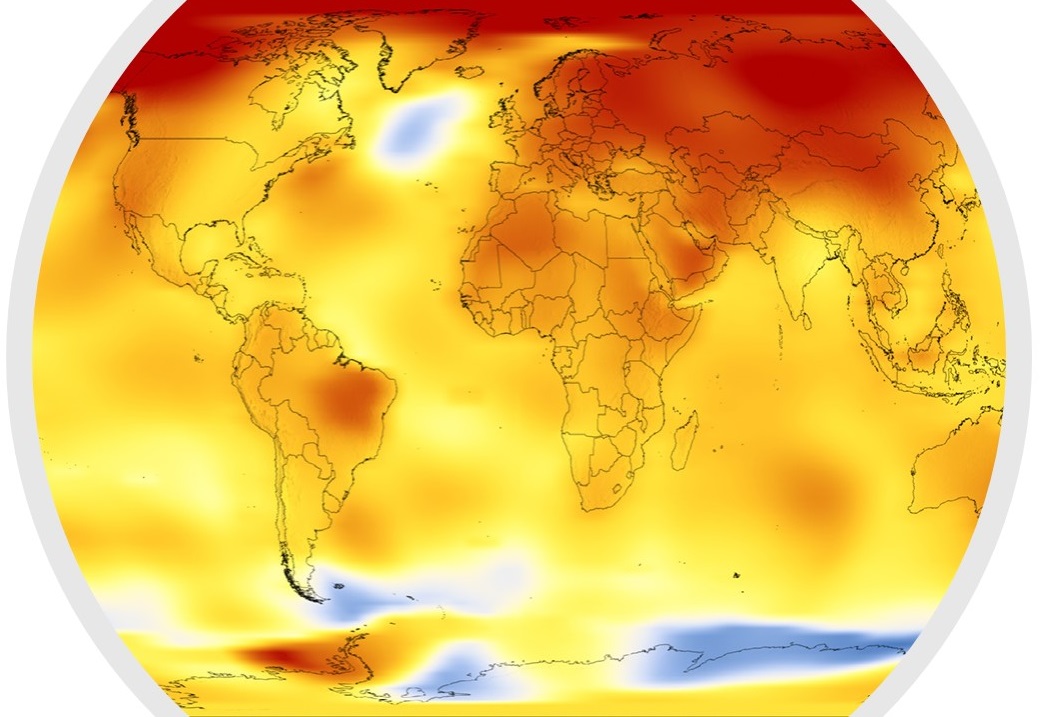Today I want to bring you a discussion that occupies the pages of many newspapers around the world because of its importance for business and the environment. How should the topic of carbon pricing be considered in the process of using advanced biofuels?
We first need to consider what this means.
To price carbon is to attribute a cost to the impacts generated by the emission of greenhouse gases (GHG), resulting from the burning of fossil fuels and changes in land use for the production of inputs, manufacture, distribution and consumption of these products.
The two most common forms of carbon pricing are the carbon market and emissions taxation.
Thus, we apply a cost to those responsible for the emission of gases, instead of letting that environmental cost be paid by society. Taking it out of our pocket (if environmental awareness is not sensitized), we put carbon as a cost in the economic planning of business.
Ultimately, emitting less carbon will be good for the environment and health, but it will also reduce company costs.
But does pricing carbon result in a reduction in its emission?
A study published last month in Environmental and Resource Economics involved analyzing 142 countries over more than two decades, 43 of which applied some form of carbon pricing. Between 2007 and 2017, emissions from countries with carbon pricing models fell by 2% per year on average, against a 3% increase in emissions in countries without such schemes. According to the researchers, of these five percentage points of difference, 2% would be the result of emissions pricing systems.
According to the analysis, the message for governments is that the carbon price normally works with great effect.
Pressured by cost, companies have the option of adopting technological alternatives to reduce emissions. The carbon pricing model encourages the use of other renewable sources as a sustainable energy potential.
Advanced biofuel is a renewable, biodegradable and sustainable source of energy. It is advanced because it can be produced using clean methods (with less CO2 emissions) from animal fat residues, used cooking oils and vegetable oils. It is a sustainability solution for a planet that must reduce its CO2 emissions in all forms of transport.
From “immediate delivery”, which goes “straight to the tank”, it has a low transition cost. It does not require investments in the engine, in addition to using the available supply network.
Carbon pricing has been proven to be an important part of the transition to a low carbon development model. But the adoption of renewable and innovative fuels is synonymous with cutting edge energy sources, contributing to macroeconomic growth without affecting the sustainable development of our planet.


1 comment
Muy interesante, creo que debemos ir en esta direccion de energia renovable, absolutamente.!!!